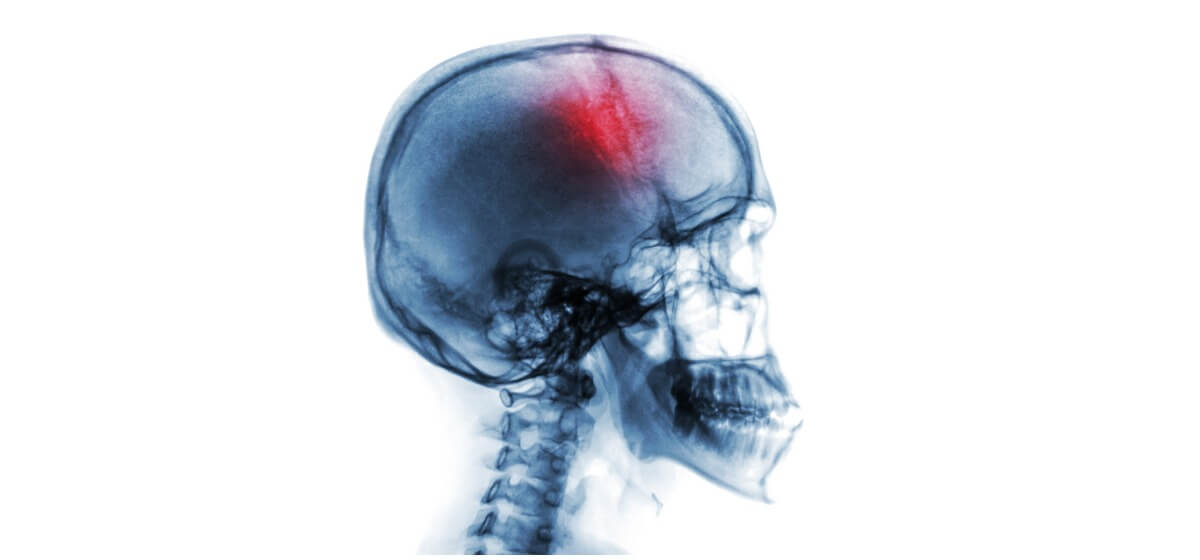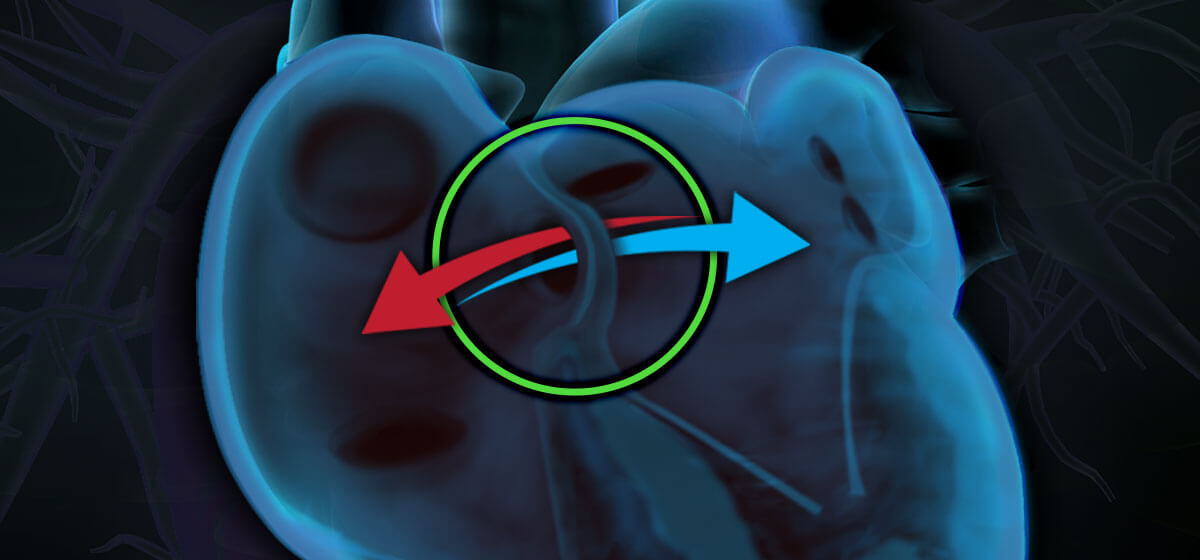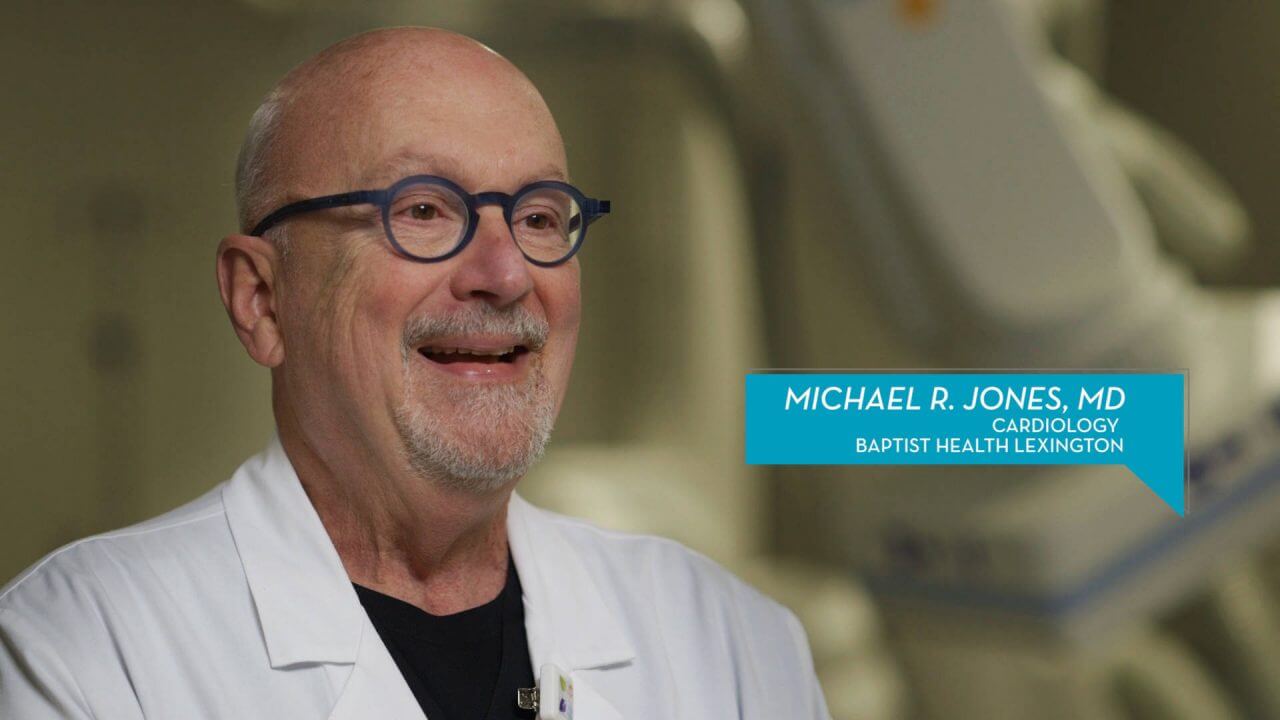Causes and Risk Factors for Stroke

A stroke occurs when blood flow to a portion of the brain is cut off or greatly reduced. This deprives the brain tissue of oxygen and nutrients, and within minutes brain cells start to die. Knowing stroke causes and risk factors can help minimize your chances.
There are two types of stroke: ischemic and hemorrhagic. The vast majority of strokes (roughly 80 percent) are ischemic in nature.
In an ischemic stroke, blood flow is interrupted when a fatty deposit breaks free from an artery wall or when poor circulation allows a blood clot to form. In both cases, the material travels to the brain and blocks a small blood vessel. A hemorrhagic stroke occurs when a blood vessel in the brain bursts or begins to leak.
Stroke Causes and Risk Factors
Your odds of having a stroke are affected by a number of factors. Some are beyond your control, but others are behaviors you can change to decrease your chances.
Stroke risk factors include:
- Gender. Men are slightly more likely to have a stroke than women. However, women tend to have strokes at a later age, making them more like to die from the event.
- Ethnicity. African Americans and Hispanic Americans are significantly more likely to have a stroke than other Americans. This is in part due to the increased likelihood of sickle cell disease, which is a genetic condition that has an adverse effect on blood flow.
- Age. Stroke can occur at any age, but your chances of having a stroke double every decade after age 55.
- High blood pressure. What is also known as hypertension is the biggest cause of strokes. Blood pressure of around 140/90 or higher is something your doctor will want to address.
- Tobacco use. Smoking or chewing tobacco increases blood pressure, and smoking also increases the buildup of fatty material in arteries of the neck.
- Heart disease. A number of conditions fall under the term “heart disease” including irregular heartbeat, atrial fibrillation, atrial septic defect, and defective heart valves.
- Diabetes can lead to blood vessel damage which increases the chances of having a stroke. Diabetics are also more likely to be overweight and have high blood pressure, further increasing their risk.
- Certain medications. Some drugs such as blood thinners, which may be prescribed to prevent clots, can increase the risk of a bleeding-related stroke. Studies have also linked low-dose estrogen in birth control pills and some hormone therapies with an elevated risk.
FAST: Recognizing and Reacting to Stroke
Because prompt treatment can improve the outcome for stroke patients, medical professionals encourage people to be aware of the symptoms of stroke using the acronym FAST:
Face drooping
Arm weakness
Speech difficulty
Time to call 911
Many Ways to Reduce Your Risk of Stroke
The good news about your stroke risk is that there are many ways to reduce it. This includes improving your diet, getting more exercise, quitting tobacco, and addressing hypertension and heart disease with medication if needed.
With stroke being the leading cause of serious, long-term disability, learn how to lower your risk by identifying your risk factors. Start by taking the free assessment and discussing the results with your family and your doctor.



